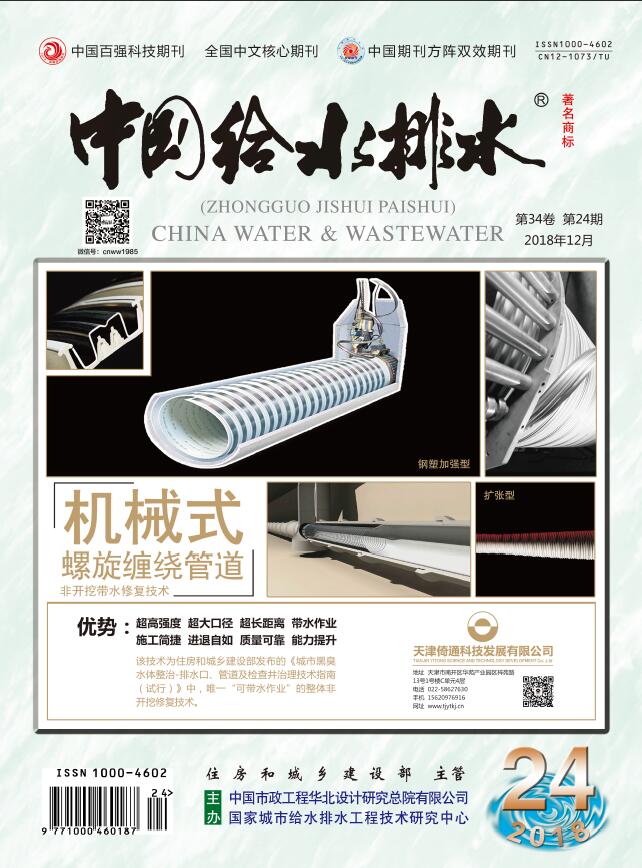HAOXiao-di,YANLi,ZHUYang-mo.Evolution and Fate of PFAS in Wastewater Treatment and Sludge Disposal[J].China Water & Wastewater,2025,41(10):1-10.
Evolution and Fate of PFAS in Wastewater Treatment and Sludge Disposal
China Water & Wastewater[ISSN:1000-4062/CN:12-1073/TU]
volume:
第41卷
Number:
第10期
Page:
1-10
Column:
Date of publication:
2025-05-17
- Keywords:
- perfluoro and polyfluoroalkyl substances (PFAS); precursor substances; wastewater treatment; sludge disposal; solid adsorption; migration and transformation
- Abstract:
- There are over 4 000 types of synthetic perfluoro and polyfluoroalkyl substances (PFAS) in the environment, which exhibit extremely high thermal and chemical stability. PFAS entering wastewater treatment plants are generally difficult to remove, and in most cases, the PFAS content in effluents is even higher than that in influents. This review systematically analyzes and summarizes the evolution of common PFAS during wastewater treatment and sludge disposal processes, and describes their fates. Primary treatment can divert a small amount of strongly adsorbable PFAS into grit and primary sludge. In the secondary treatment, long-chain PFAS are more easily adsorbed, resulting in their accumulation in the sludge phase. Moreover, due to the presence of relatively high levels of organic precursors that can degrade into short-chain PFAS in the influents, short-chain PFAS dominate in the secondary effluent. In tertiary treatment, most methods have little effects on PFAS removal from the water phase, with only reverse osmosis (RO) capable of intercepting and accumulating PFAS, although this doesn’t result in their actual destruction. Regarding sludge disposal methods, biological treatment, land application and landfill primarily involve the transfer and transformation of PFAS. Only sludge incineration can significantly disrupt the structure of PFAS, although it may produce some by-products of combustion. Clearly, the most effective strategy to mitigate PFAS contamination is to limit their use at the source. In this issue, the European Union appears poised to impose a strict ban on PFAS.
Last Update:
2025-05-17

